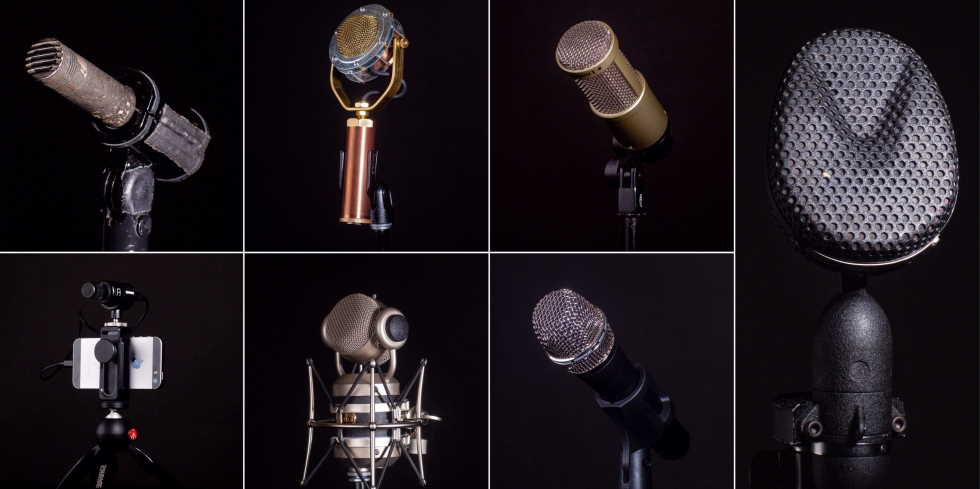Microphones are commonly used by filmmakers and video professionals; your project will succeed only if you have good audio quality. For better audio equipment, microphones are more important at the time of the shoot. Many people argue that the difference between a cheap and expensive microphone, but picking up the right microphone is very mandatory for the job. Let’s have a look at Cheap vs expensive microphone which are available in the town.
Comparing cheap vs expensive microphone
Every microphone endeavours a polar pattern, it defines the microphone’s audio coverage. Cardioid is more effective in the front pattern while it has no pickup at the back. Compared to the omnidirectional microphone it is sensitive at all the angles and also picks up the sound quality from all the directions. Filmmakers commonly use a Stagun microphone to capture the audio from Super Cardioid or Cardid, likewise omnidirectional is designed to cover the things like room tone.

The dynamic range of microphone
Looking at the difference between cheap and extensive microphones, the most important aspect is the microphone’s dynamic range. A trustable microphone holds recordings in the largest max SPL and smallest in noise floor signals. Working with a dynamic range microphone you will lose identical information while taking footage on a cheap DSLR and high-end cinema cameras.
Frequency response
The different microphone offers different ranges from 20HZ to 20 kHz. It indicates the microphone frequency range; a better microphone has a greater range than the cheapest one. Along with all these factors using cheap mic vs expensive mic, our human ear can hear only 20 HZ to 20KZ.

Impedance in Microphone
Most of the microphone is Ac voltage impedance; audio signals are controlled by impedance. To travel signals optically, the microphone is connected with input impedance. Either cheap or expensive microphones have output impedance like devices that generate AC voltage signals. Resistors, capacitors, and all the electronics play a consequent role in determining microphone overall resistance. Every microphone has a greater range of impedance signals.
Conclusion
Microphone along with polar pattern, frequency response, and dynamic range, also emphasize other factors, like sensitivity, s/n ratio, and maximum SPL. Microphone holds weight, dimension, and power suppliers. Combining all these factors it provides a better and easy handling microphone. Start your career with audio quality recording packages or else but your gear by choosing a top-of-line microphone can be a good investment.
